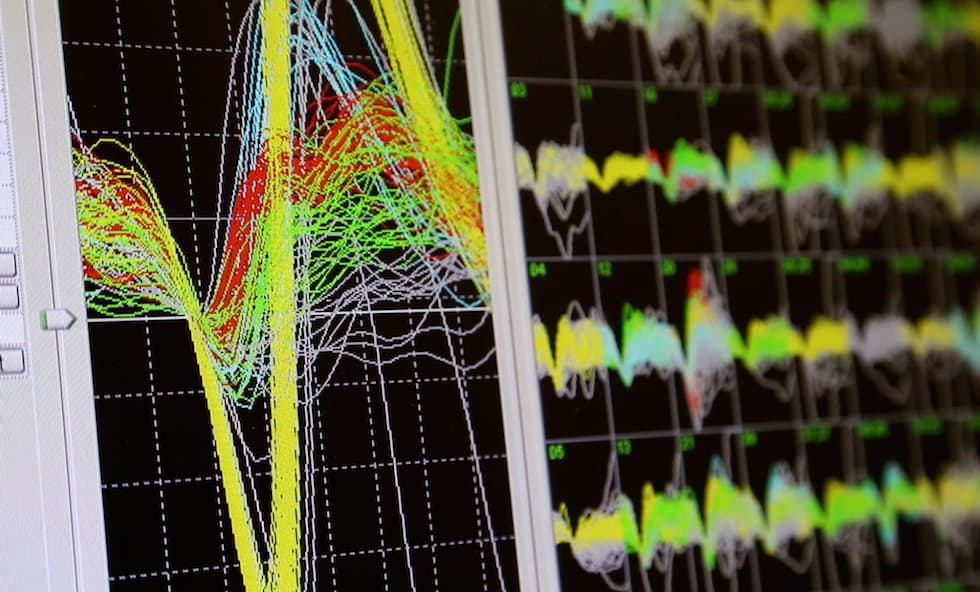Monkeys manoeuvre wheelchairs with thoughts
Neuroscientists in the US have developed a brain-machine interface (BMI) that allows primates to navigate a robotic wheelchair using their thoughts.

The BMI is said to use signals from hundreds of neurons recorded simultaneously in two regions of the monkeys’ brains that are involved in movement and sensation. As the animals think about moving toward their goal -- a bowl containing grapes -- computers translate their brain activity into real-time operation of the wheelchair.
The interface, developed at Duke Health in North Carolina and described in Scientific Reports, demonstrates the future potential for people with disabilities who have lost most muscle control and mobility due to quadriplegia or ALS, said senior author Miguel Nicolelis, M.D., Ph.D., co-director for the Duke Center for Neuroengineering.
“In some severely disabled people, even blinking is not possible,” Nicolelis said. “For them, using a wheelchair or device controlled by non-invasive measures like an EEG [which monitors brain waves through electrodes on the scalp] may not be sufficient. We show clearly that if you have intracranial implants, you get better control of a wheelchair than with non-invasive devices.”
Register now to continue reading
Thanks for visiting The Engineer. You’ve now reached your monthly limit of news stories. Register for free to unlock unlimited access to all of our news coverage, as well as premium content including opinion, in-depth features and special reports.
Benefits of registering
-
In-depth insights and coverage of key emerging trends
-
Unrestricted access to special reports throughout the year
-
Daily technology news delivered straight to your inbox










UK Enters ‘Golden Age of Nuclear’
Apologies if this is a duplicate post - a glitch appears to have removed the first one: > While I welcome the announcement of this project, I note...